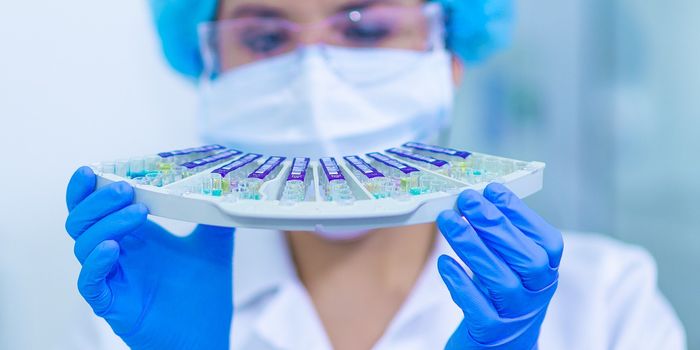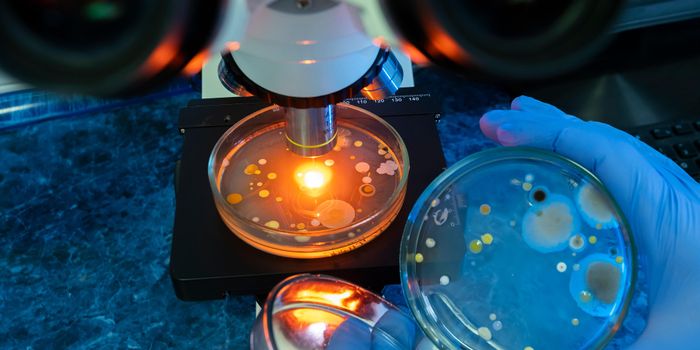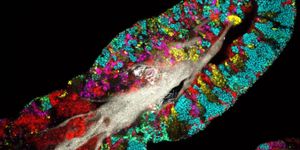Native shrub could fight undruggable cancer gene
New research published in the Journal of the American Chemical Society reports on another cancer-fighting development, this time using a plant native to North America. The study was led by Purdue University Center for Cancer Research chemist Mingji Dai, who investigated a compound called curcusone D that is found in the native shrub Jatropha curcas, also called the purging nut. Dai explains that curcusone D is able to disturb the protein BRAT1, which is present in many forms of cancers.
BRAT1 has been a target of interest for some time due to its “un-druggability” in many cancers such as breast, brain, colorectal, prostate, lung and liver cancers. BRAT1 regulates DNA damage response and DNA repair in cancer cells, so targeting it could be a way to fight cancer cell growth. Dai says that curcusone D has the ability to do just that by counteracting the chemical properties in BRAT1, therefore making it undruggable.

Curcusone D comes from a family of curcusome compounds, made up of curcusone A, B, C, D. "We were very interested by these compounds' novel structure," Dai said. "We were intrigued by their biological function; they showed quite potent anti-cancer activity and may lead to new mechanisms to combat cancer."
Dai worked with Alexander Adibekian's group at the Scripps Research Institute. Together they discovered curcusone D’s ability to act as a BRAT1 inhibitor - the first ever discovered. "Our compound can not only kill these cancer cells, it can stop their migration," Dai said. "If we can keep the cancer from metastasizing, the patient can live longer. For killing cancer cells and stopping migration, there are other compounds that do that. But as far as inhibiting the BRAT1 protein, there are no other compounds that can do that."
The researcher has a hunch that curcusone D will work best as a combination therapy, but in order to do so, it is necessary to synthesize the compound artificially, given that the shrub doesn’t naturally produce large quantities.
"In nature, the plant doesn't produce a lot of this compound," Dai said. "You would need maybe as much as 100 pounds of the plant's dry roots to get just about a quarter teaspoon of the substance -- a 0.002% yield. That's why a new synthesis is so important. We can use the synthesis to produce more compounds in a purer form for biological study, allowing us to advance the field. From there, we can make analogs of the compound to improve its potency and decrease the potential for side effects."
The researchers plan to continue their investigation by testing the toxicity of the compound to humans. They are hopeful curcusone D will prove to be compatible with human biology. "Many of our most successful cancer drugs have come from nature," Dai concludes. "A lot of the low-hanging fruit, the compounds that are easy to isolate or synthesize, have already been screened and picked over. We are looking for things no one has thought about before. Once we have the chemistry, we can build the molecules we're interested in and study their biological function."
Sources: Journal of the American Chemical Society, Eureka Alert








